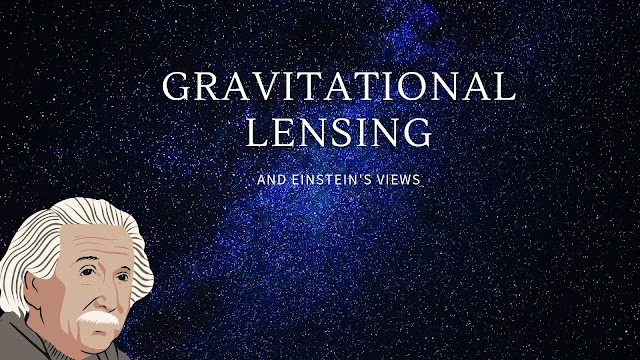The Solar System Formation

Theories during the formation of the solar system: According to the conventional big bang model of cosmology, time and the cosmos originated as a singularity roughly 14 billion years ago. Our cosmos began with the Big Bang, an explosion of space itself. Space expanded, the universe cooled, and the simplest elements were created, starting from extraordinarily high density and temperature. Gravity brought matter together throughout time to build the first stars and galaxies. Researchers have discovered for the first time that some of the heavier elements in the periodic table are generated when two neutron stars collide and burst cataclysmically. Light elements such as hydrogen and helium were generated during the Big Bang, while heavier metals such as iron are created by fusion in the centres of stars. There are five theories behind it: The Accretion theory The Protoplanet theory The Capture Theory The Modern Laplacian theory The Modern Nebular theory 1. The Accretion theory: The a...



